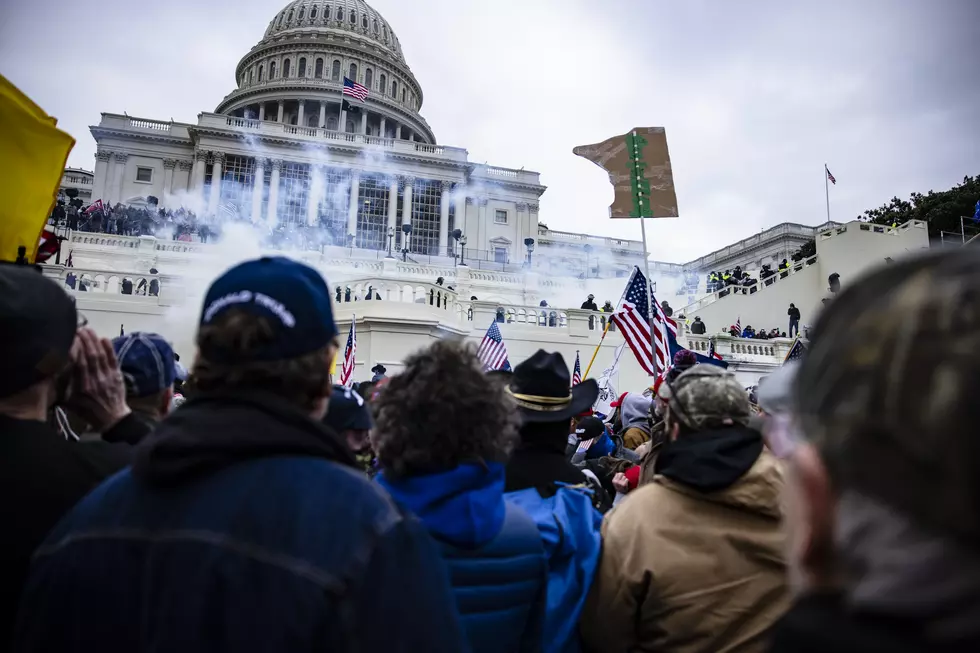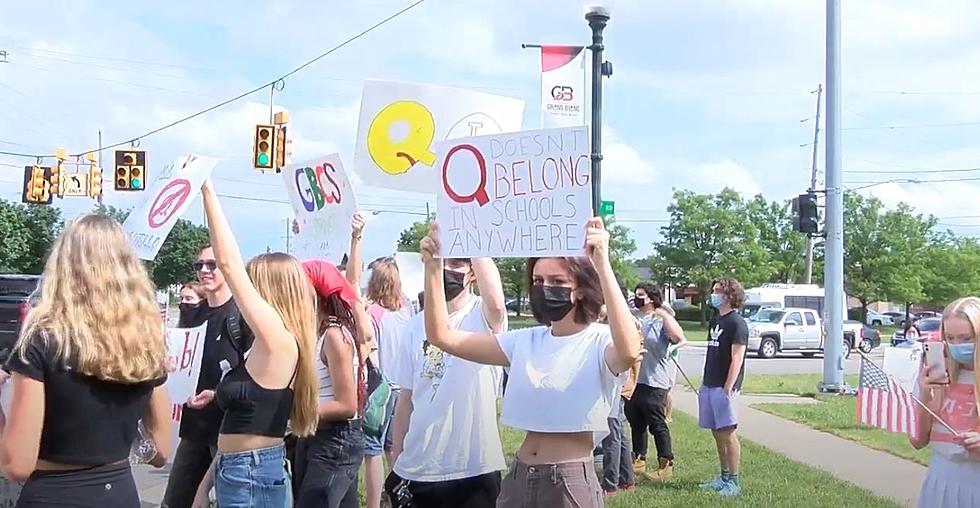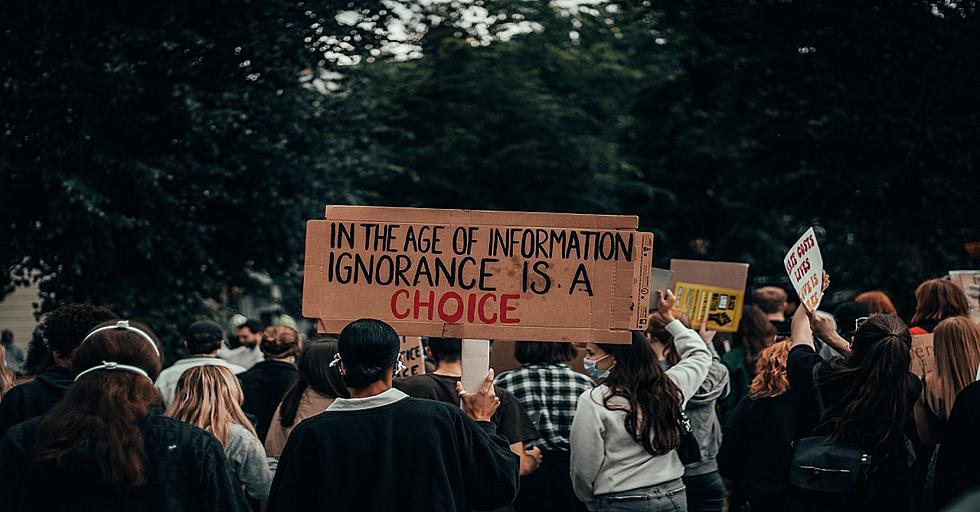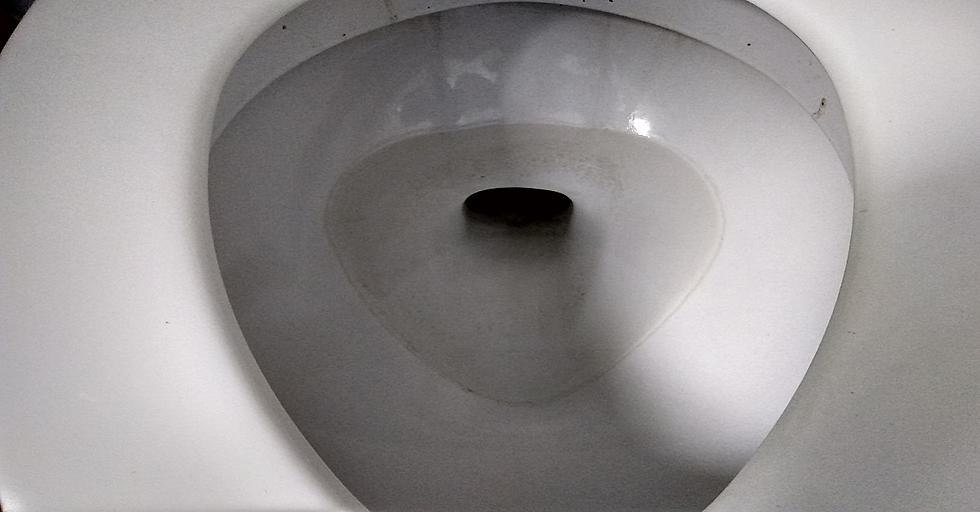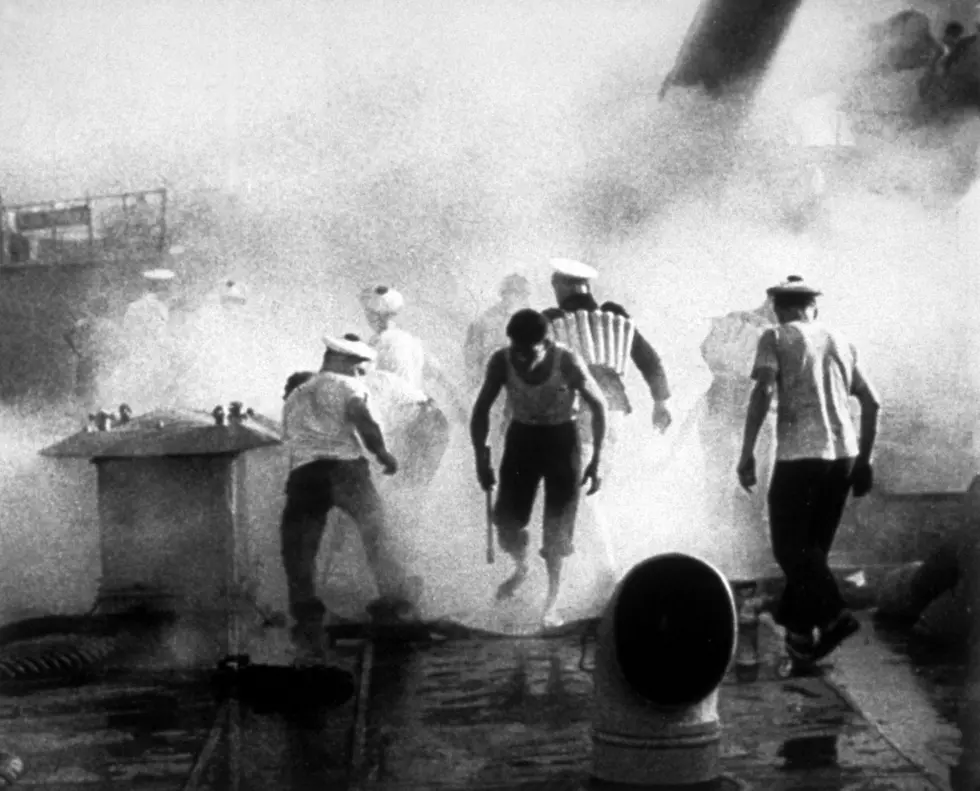
Michigan’s Connection to the Zoot Suit Riots
Between June 3rd and June 8th 1943, several riots broke out in Los Angeles, California between stationed servicemen and Mexican-American residents. It was wartime, and many materials and fabrics were being rationed for the war effort. The local's penchant for the high fashion of the day, the Zoot Suit, inflamed the already smoldering anti-immigrant tensions in the city. Attacks began happening on children and teens throughout the area with servicemen targeting those wearing these elaborate Zoot Suits. They were stripped. They were beaten. One such incident would lead to the death of a young Latino man left to die in a shallow lagoon.
The residents had had enough. Spurred by constant attacks, their assailants not being held accountable, and the unrelenting racial inequity, the first of the Zoot Suit Riots kicked off a six day series of events that would inspire similar uprisings in Mobile, Alabama; Beaumont, Texas; New York City; and even Detroit, Michigan.
Known to historians as the 1943 Detroit Race Riot, the city saw nearly three days of unrest. Similar to the disenfranchisement felt by Mexican-Americans in Los Angelos, Detroit's riot reflected the housing shortages, joblessness, and tension involving nearly 400,000 African-American and Southern White migrants. Sparked by false rumors of racially motivated attacks, it took 6,000 federal troops close to three days to gain control over the city. 34 people were killed, 433 were wounded. According to Wikipedia, a later interpretation of events would find that most of the white protesters involved were young and had arrived in the area looking for work, while the African-American protesters were older and married with families, leading to the conclusion that, quote, "... both sides acted to improve their positions; the whites fought out of fear, the blacks fought out of hope for better conditions."
MORE TO EXPLORE: A Look Inside the Old Allegan Jail
More From WBCKFM

